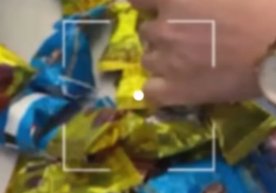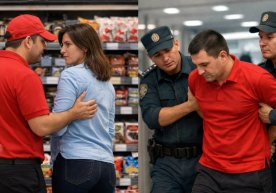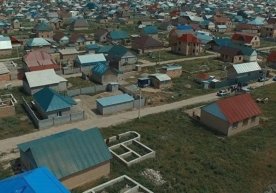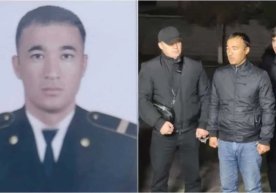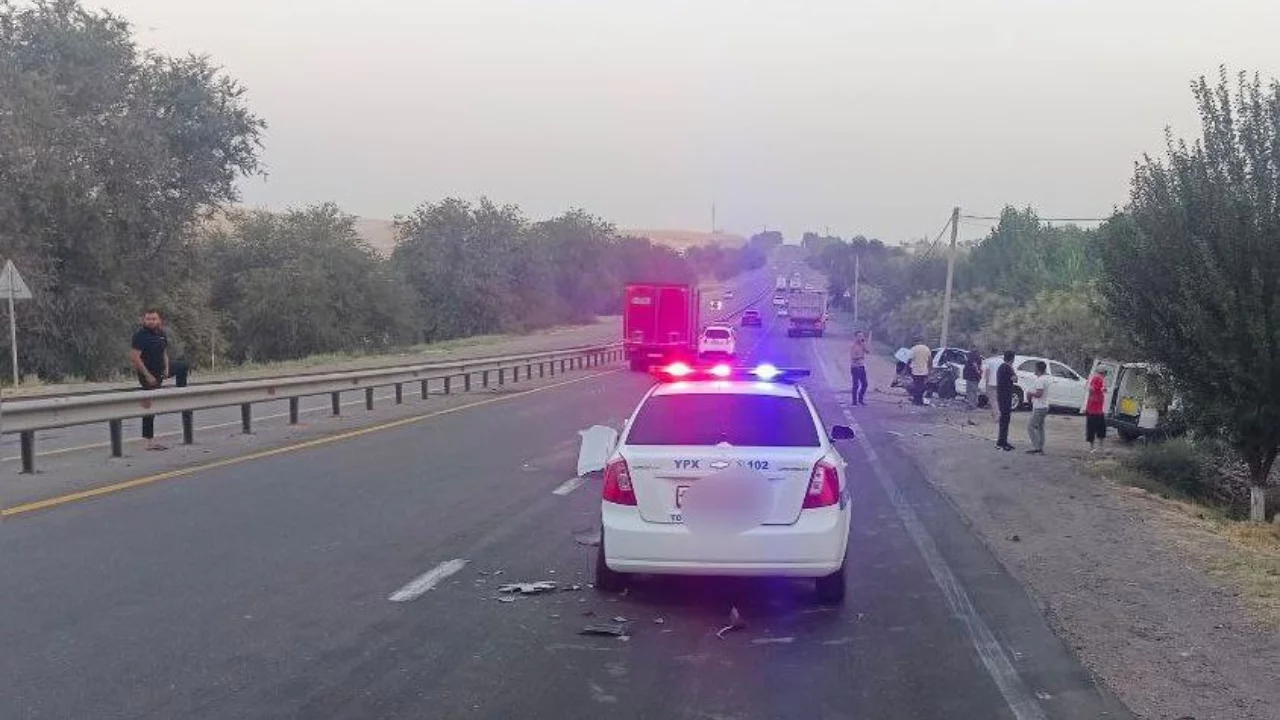
On the Ohangaron district side of the central area, at about 05:00 on 23 July, not one but a two-stage road situation was recorded. In the first episode two passenger cars were involved; in the second, the road traffic safety patrol car that arrived to document them was struck from behind by a following truck.
First, near the 39th kilometer of the A373 “Toshkent–Osh” highway, vehicles of the “Gentra” and “Cobalt” makes, driven by motorists born in 1969 and 1992, touched each other and caused material damage. Fortunately, it is emphasized that people were not injured.
To carry out official procedures regarding the situation, road traffic safety officers arrived at the scene in a “Lasetti” service vehicle. To ensure movement safety they switched on the beacons and stopped the car at a safer point on the right edge of the carriageway. This is standard protocol: a step taken so the consequences do not expand, drivers are warned, and official documentation goes smoothly.
Yet not all risks are eliminated. Coming along the “Toshkent–Olmaliq” direction, a “HOWO” heavy vehicle driven by R.A., born in 2001, lost control and struck the patrol vehicle in its side section. According to initial information, the driver’s inexperience and inattentive behavior were among the main factors.
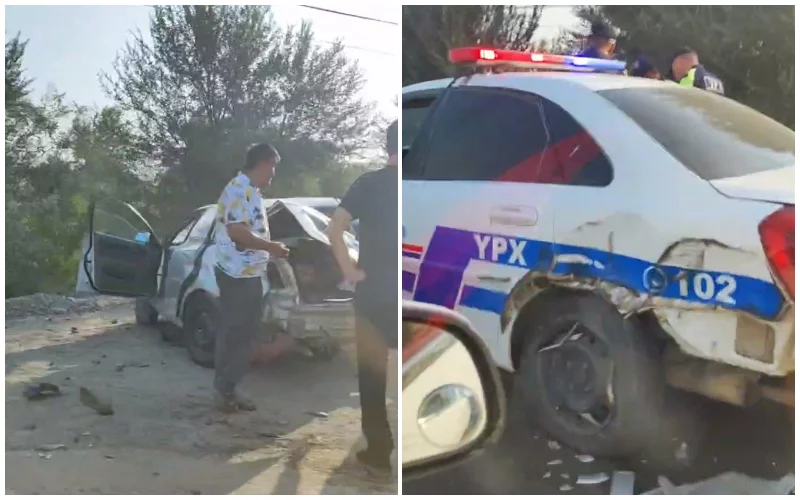
Fate once again showed favor: even after the second impact none of the participants’ health was harmed. The amount of material damage and the extent of the service car’s injuries are being clarified.
Investigations have begun by the competent agencies into both episodes. Experts will examine the road markings, following distance, lighting, and whether drivers observed speed and stopping distance. The truck’s braking system, fatigue factor, and the driver’s level of experience may also be checked.
Why do such chain situations occur? A simple answer: the first incident partially narrows the road, drivers’ attention is divided, and those who do not notice the warning signs in time are more likely to trigger a second incident. Therefore, as you approach an accident site, sharply reduce speed, maintain a safe distance, and watch for beacons or warning markers.
A special note for heavy-vehicle drivers: total stopping distance is much longer than for passenger cars. Tire condition, load weight, and the technical state of the braking system are decisive. If you see any warning light, prepare your maneuver scenario in advance.
Early-morning hours — fatigue, reduced alertness, and variable visibility (fog, low light) — also raise risk. In such conditions seconds decide fate: a brief lapse of attention can lead to hitting a service vehicle and other unpleasant outcomes.
Road traffic officers are called not only for paperwork but also to provide additional safety control. So when you see them, understand the situation is not routine; you must cut your speed.
The results of the inquiry are expected to give final conclusions on technical causes, driver error, or other factor groups. If violations are identified, administrative or other measures may follow.
For now the main takeaway is one: every minute on the road demands attention, discipline, and consideration for others. The first collision did not “end” — the truck coming behind created another dangerous moment, yet thankfully people were unharmed. The lesson taken this time can prevent the next.
Each time we sit behind the wheel we should remember such lessons; then the roads will be safer. You are also the main character on your life’s stage: drive attentively, follow the signs, and when you see emergency-positioned service vehicles, slow down to near a stop. In this way we will greet the coming day with fewer collisions. Read “Zamin” on Telegram!
Ctrl
Enter
Found a mistake?
Select the phrase and press Ctrl+Enter Related news
Information
Users of Меҳмон are not allowed to comment this publication.
Users of Меҳмон are not allowed to comment this publication.








